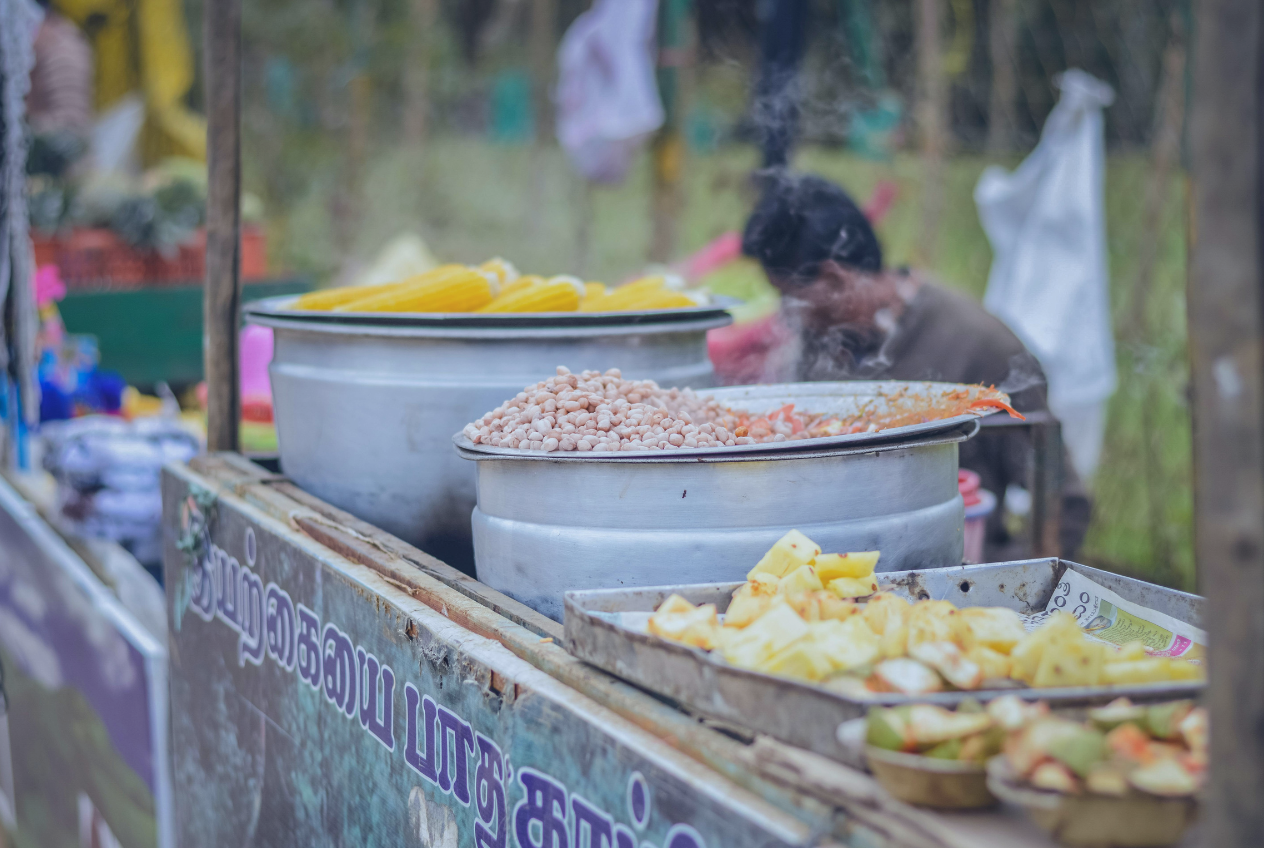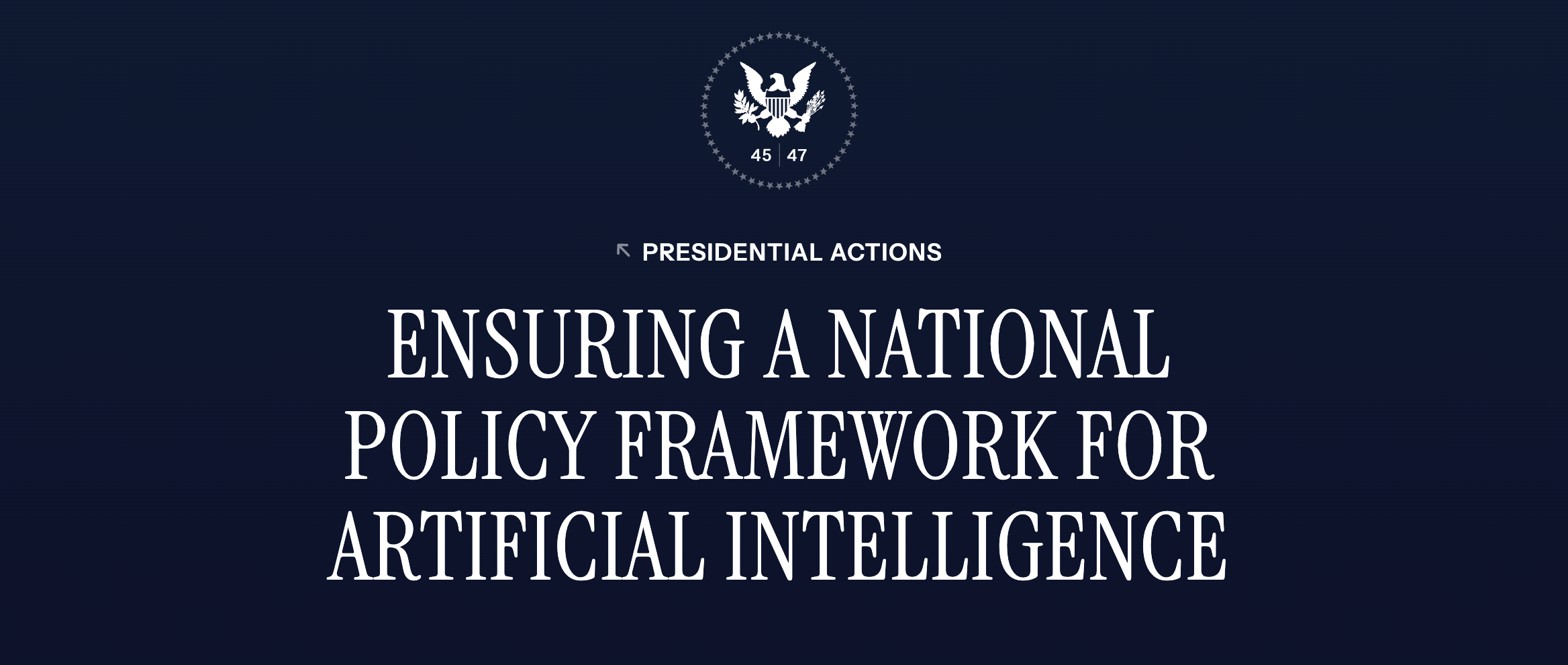
In the digital age, the century-old tussle between raw and pasteurized milk has found a fiery new battleground on social platforms like Instagram and TikTok. Advocates of raw milk sing praises of its supposed health benefits and rich flavor, fervently defending their right to choose their dairy. On the flip side, pasteurization proponents emphasize safety, particularly for the elderly and children under two years old.
Surprisingly, this debate rages on even as milk consumption in America has witnessed a dramatic decline over the past five decades. According to the USDA, annual per capita milk consumption plummeted from 247 pounds in 1975 to 149 pounds in 2017. Yet, beyond health, price, or flavor considerations, the core of the discussion revolves around government influence over small farmers and homesteaders’ produce sales, and ultimately, the freedom for consumers to decide what to buy and who from.
Raw Milk: A Flavorful and Nutrient-Rich Choice?
Raw milk is milk fresh from the cow, sheep, or goat, untouched by the pasteurization process. Proponents argue that pasteurization strips away some of the beneficial nutrients, enzymes, and probiotics present in raw milk, making it a tastier and more nutritious option. Recent studies have even suggested health benefits, with lower rates of asthma and allergies in European children who consume raw milk, reduced risk of manifest respiratory infections and fever, and a strong protective effect against eczema.
Furthermore, raw milk finds favor with cheese makers worldwide for the same reasons. In some European regions, only raw milk can be used in origin-protected cheeses, making an exception to the mandatory pasteurization requirements for consumer consumption, something that Americans are now ardently supporting. Advocates also embrace raw milk for its support of local and sustainable farming practices, fostering a closer connection between consumers and local farmers – in other words, making a personal connection to the source of their food.
However, it’s not all good and shiny. Raw milk carries potential downsides, particularly for the vulnerable elderly and children under two. If not handled with rigorous hygiene, raw milk can harbor harmful bacteria like E. coli, Salmonella, and Listeria, posing serious health risks to those with weaker immune systems. Its limited shelf life requires immediate consumption or refrigeration for no more than a couple of days, a factor that contributes to concerns about potential contamination.
Pasteurized Milk: A Century-Old Technology
Pasteurized milk is the most common milk type available today, but it wasn’t always the case. Louis Pasteur’s groundbreaking discovery of pasteurization during the Alsace-Lorraine wars, initially used to preserve wine, found its way into dairy products. In an era when sanitary procedures were not widespread, pasteurization proved essential. Back then, raw milk often traveled long distances in unrefrigerated coaches, exposing it to contamination. Pasteurization, a heat treatment process that kills harmful bacteria, significantly reduced the risk of foodborne illnesses, ensuring safer consumption for consumers, and providing a consistent and uniform product.
Today, however, raw milk is transported and handled with far greater care and for short distances – usually a few miles – making it safer than a century ago. Consumers now have the option to buy raw milk from their local producer or to choose pasteurized milk available in a wide range of options at the supermarket.
Freedom of Choice and Informed Consent

The heart of this debate centers on consumer choice: should individuals have the freedom to decide what they consume, even if it carries potential health risks? The answer lies in informed consent.
In the current regulatory landscape, each state in the United States has the authority to establish its own laws regarding the sale of raw milk. While most states have implemented statewide regulations, a few have delegated decision-making to local governments. On a federal level, the US Food and Drug Administration (FDA) enforces a blanket ban on the interstate sale or distribution of raw milk. Any milk intended for sale across state lines must undergo pasteurization and meet the stringent standards outlined in the US Pasteurized Milk Ordinance.
However, this nationwide ban has unintended consequences, including putting consumers at risk and fostering the emergence of an underground “black market” for raw milk. In this unregulated arena, consumers often resort to informal exchanges, bartering their products or farm produce with neighbors in exchange for raw milk rather than purchasing it through conventional channels. Additionally, residents of small border towns find themselves grappling with the challenge of inadvertently breaking the law when transporting raw milk across state borders.
Consumers should indeed have the liberty to choose between raw and pasteurized milk, but this choice must come with responsibility. Those opting for raw milk must be well-informed about the potential risks, especially when serving it to children, the elderly, or anyone with compromised immune systems. Informed decision-making should involve awareness of health risks, discussions with healthcare professionals, understanding proper storage and handling, and ideally, sourcing raw milk from reputable suppliers.
In conclusion, the raw vs. pasteurized milk debate underscores the importance of informed decision-making. While consumers should enjoy the freedom to choose what they consume, they must do so with a deep understanding of the potential advantages and disadvantages associated with their choice. For the sake of vulnerable populations like children under two, the responsible choice often leans toward pasteurized milk. Nevertheless, fostering a culture of informed choice is crucial, respecting individual rights while safeguarding public health.




